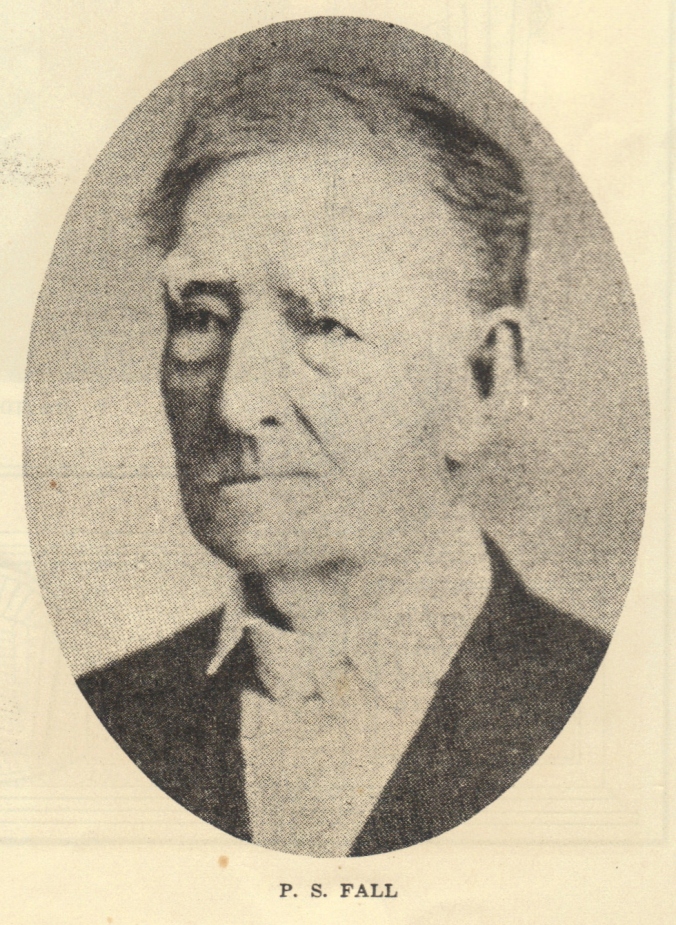The December 6, 1917 issue of Gospel Advocate was devoted to the memory of the recently-deceased David Lipscomb. It is a rich treasure of memories and tributes. To my knowledge this issue was the first to carry Lipscomb’s photograph on the cover. Similar covers followed in 1931 (the July 11 Davidson County Special Number) and 1939 (the December 7 special issue about the history of the Nashville congregations).
These three issues are of significant historical value. As primary sources they provide information unavailable elsewhere. As interpretive reflections they are a beginning point for how Lipscomb was remembered and how congregational history was recorded and carried forward. The 1917 issue, other than newspaper obituaries and Price Billingsley’s diary, is the first secondary source about the life and impact of David Lipscomb. The Billingsley diary (housed at Center for Restoration Studies, Abilene Christian University) contains a description of the funeral along with its author’s candid thoughts and impressions. It was not intended, at the time, for public reading.
The issue of the Advocate, however, is a product of the McQuiddy Printing Company and is most certainly intended to capture the mood and ethos in the air just after Lipscomb’s death and by way of the mails deliver it to subscribers wherever they may be. In point of time, it is the first published sustained historical reflection on Lipscomb’s life and ministry. The 1931 and 1939 special issues focus on Lipscomb’s activity on the ground among the citizens of Nashville’s neighborhoods. Here his legacy is as a church planter: an indefatigable, patient, faithful steward. He plants, he teaches, he preaches, he organizes. He observes shifting residential patterns and responds with congregational leadership development. To meet the needs of the emerging streetcar suburbs, he urges elders to take charge of teaching responsibilities, engage evangelists and establish congregations through peaceful migrations and church plants. The 1931 and 1939 issues are testimonies to the effects of this approach. Along the way they preserve details and photographic evidence that is simply unavailable elsewhere.
All three are available for download below.



Click here to download the December 6, 1917 David Lipscomb Memorial Number.
Click here to download the historical sections from the July 11, 1931 special issue about the history of the Nashville Churches of Christ
Click here to download the December 7, 1939 special issue about the history of the Nashville Churches of Christ.








